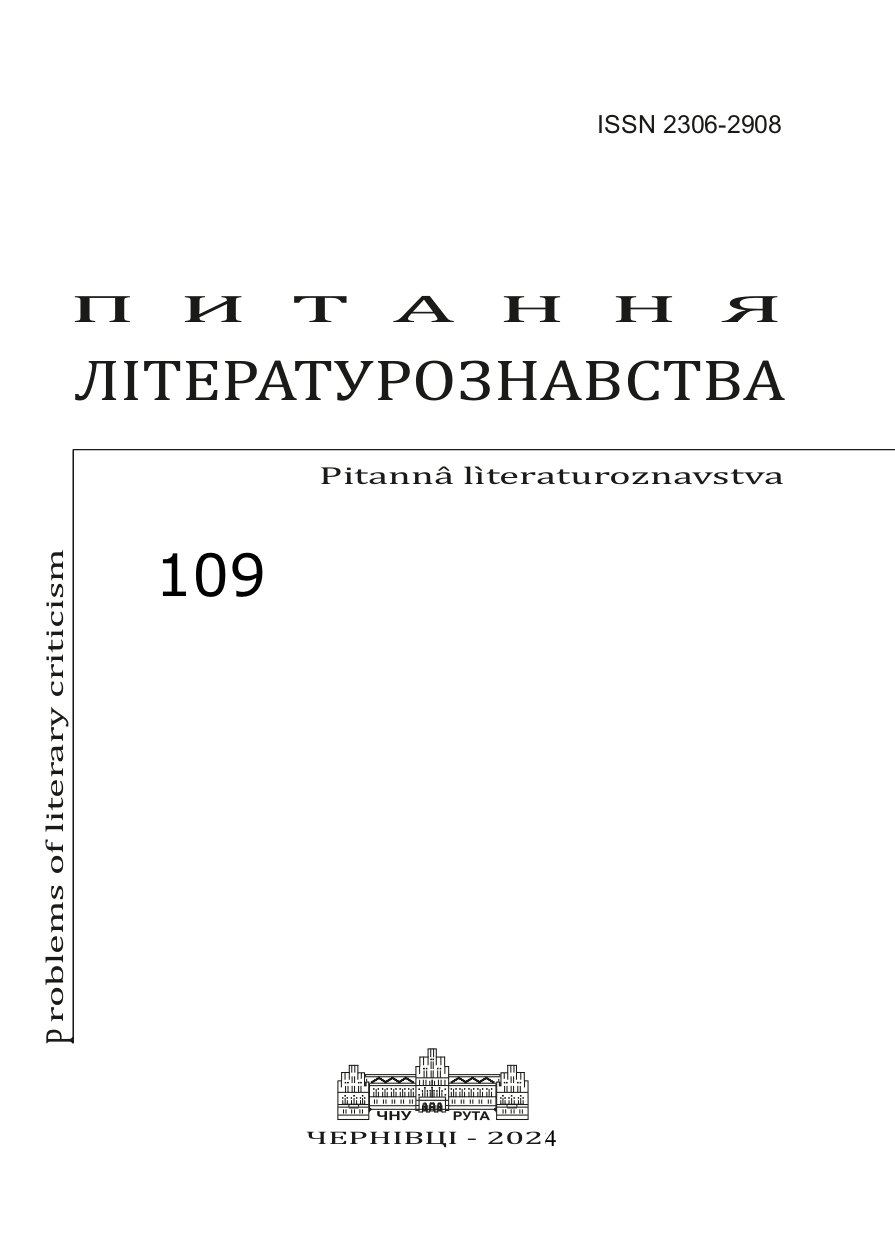Жіночі права в академічному світі (за романом Бонні Ґармус «Уроки хімії»)
Women’s Rights in the Academic World (Based on the Novel “Lessons in Chemistry” by Bonnie Garmus)
Author(s): Kateryna KalynychSubject(s): Language and Literature Studies, Studies of Literature, Theory of Literature, American Literature
Published by: Чернівецький національний університет імені Юрія Федьковича
Keywords: gender; discrimination; feminism; university novel (campus novel); Bonnie Garmus; “Lessons in Chemistry”;
Summary/Abstract: An analysis of the debut novel “Lessons in Chemistry” (2022) by the American writer and professional copywriter Bonnie Garmus is carried out from the perspective of feminist criticism. In particular, the issue of gender inequality and the struggle for women’s rights in the academic topos is emphasized through the prism of a biographical story about a talented chemical scientist, a single mother, Elizabeth Zott. Such interpolation to the university environment and focusing on the private life and scientific activities of the main character, as well as focusing on the research work of the entire Hastings Research Institute, gives a reason to assume that B. Garmus integrates the synergistic unity of two genre varieties – lablit and Professorroman – into the text. It is emphasized that the patriarchal oppression of a psychological and physical nature in the academic space of the novel “Lessons in Chemistry” is experienced by the scientist Elizabeth Zott and the employee of the human resources department Miss Fresk. Instead, the male personosphere demonstrates deeply rooted gender prejudice and aggression, toxic masculinity, sexism and sometimes misogyny. Intelligence analyzes the interaction of the protagonist Elizabeth with other characters. The author’s focus on gender parity stratifies male images of the Hastings Research Institute into negative (Dr. Myers – sexual harassment, quasi-science, Dr. Donatti and Dr. Boryvaits – violations of academic integrity) and positive (talented Calvin Evans who promotes equal relations, but is not devoid of patriarchal stereotypes), thus forming a gradation in the perception of the characters in the recipients – from misandry (misogyny) to sympathy and affection. The author emphasizes typical for the scientific environment of the 1950s and 60s of the 20th century. Discrimination and prejudice against women in science, criticizes established masculine and feminine roles, condemns academic and social obstacles to women’s career success and the limitation of their personal development. The topical issues raised in the novel for the modern academic center (gender discrimination, sexual harassment, the destructive influence of the patriarchal structure, the violation of academic integrity and ethical norms) and the need to continue the struggle of women scientists for their professional recognition and emancipation are emphasized.
Journal: Питання літературознавства
- Issue Year: 2024
- Issue No: 109
- Page Range: 74-91
- Page Count: 18
- Language: Ukrainian

